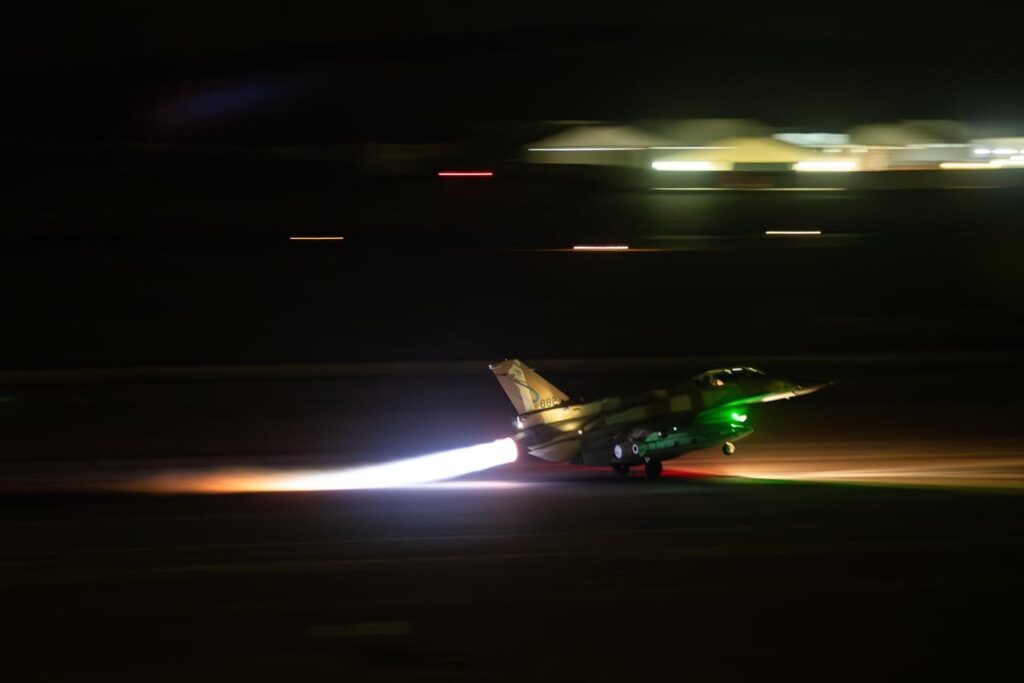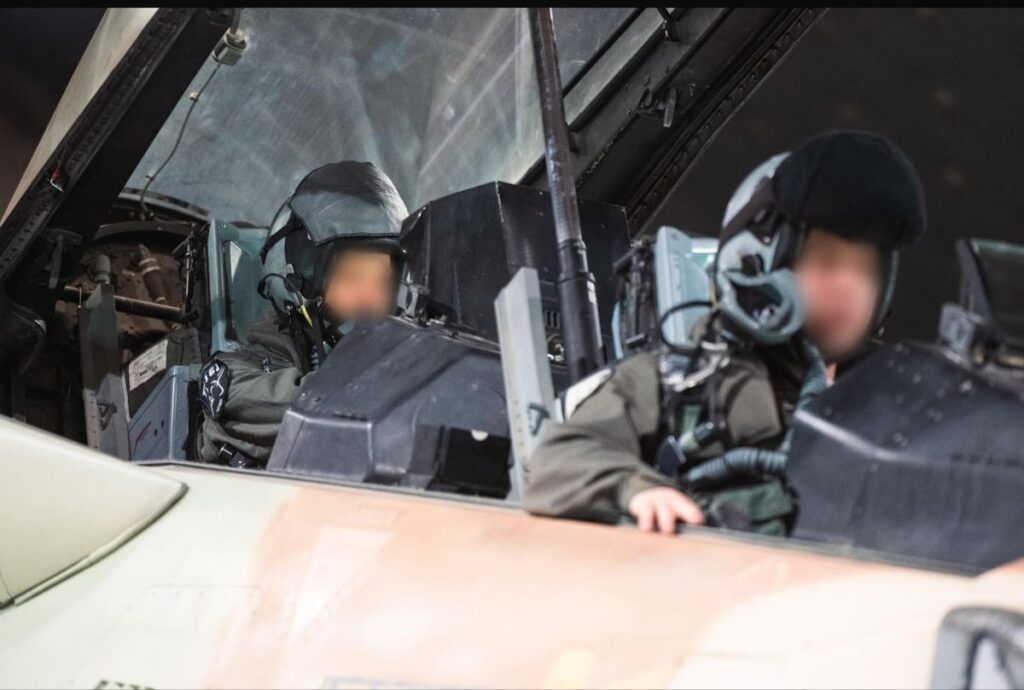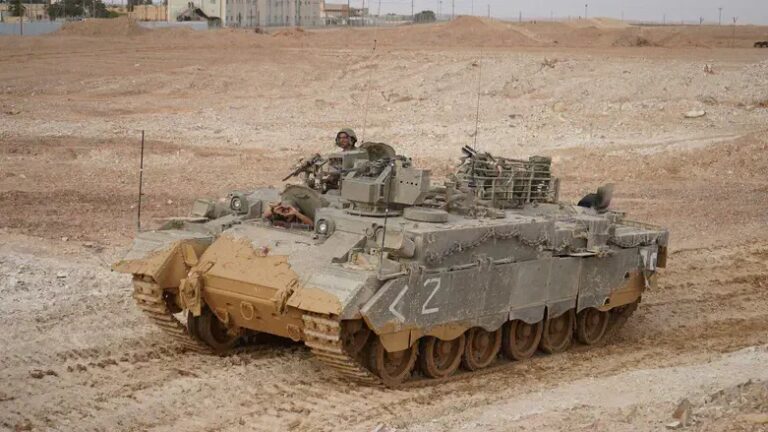The main objective of the Israeli Air Force’s airstrikes in Yemen overnight Wednesday was to incapacitate all three ports controlled by the Houthis, which they use to receive arms from Iran.
IAF fighter jets targeted the Hodeidah port, which has twice been previously attacked by Israel, as well as the port in the capital city of Sana’a for the first time. They also bombed all the tug boats used to bring ships into the ports.
The airstrikes on Sana’a also targeted fuel depots, an oil facility, and power stations.
The IDF on Thursday released a video showing IAF fighter jets taking off for the flight to Yemen:
The first wave of airstrikes on the coastal area of Yemen began at 3:15 a.m., and the second wave, targeting Sana’a, began at 4:30 a.m. Fourteen fighter jets participated in the attack, flying over 1,700 km to reach Yemen, and carried out 16 airstrikes.
The IAF has been planning for the strike for weeks and it was not connected to the Houthi’s launch of a ballistic missile at central Israel overnight Wednesday, which caused an elementary school in Ramat Gan to collapse. The Israeli fighter jets were already on the way to Yemen when the Houthis launched the missile at central Israel.
“The Houthis were arming themselves through these ports,” the IDF spokesperson said. “The timing of the operation was chosen for operational reasons. In any case, we would have carried out an attack due to the recent spike in fire, regardless of the missile intercepted last night.”
The IDF believes that the strikes achieved their goal and all three ports are now out of commission.




IDF spokesperson

(YWN Israel Desk – Jerusalem)












3 Responses
What a pathetic joke!
We saw how much they care regarding a port strike
They need to strike the people responsible for the shooting (not only the stick that hits them)
Sa’ana is a landlocked city and has no port, instead they targeted power stations along with the fuel depots needed to power them. So the idea was to cause serious power problems for the capital city of the Houthis for a while, which is making the people firing these missiles pay a price, as their people will ask whether continuing to attack Israel is worth it.
Nice! Never give up